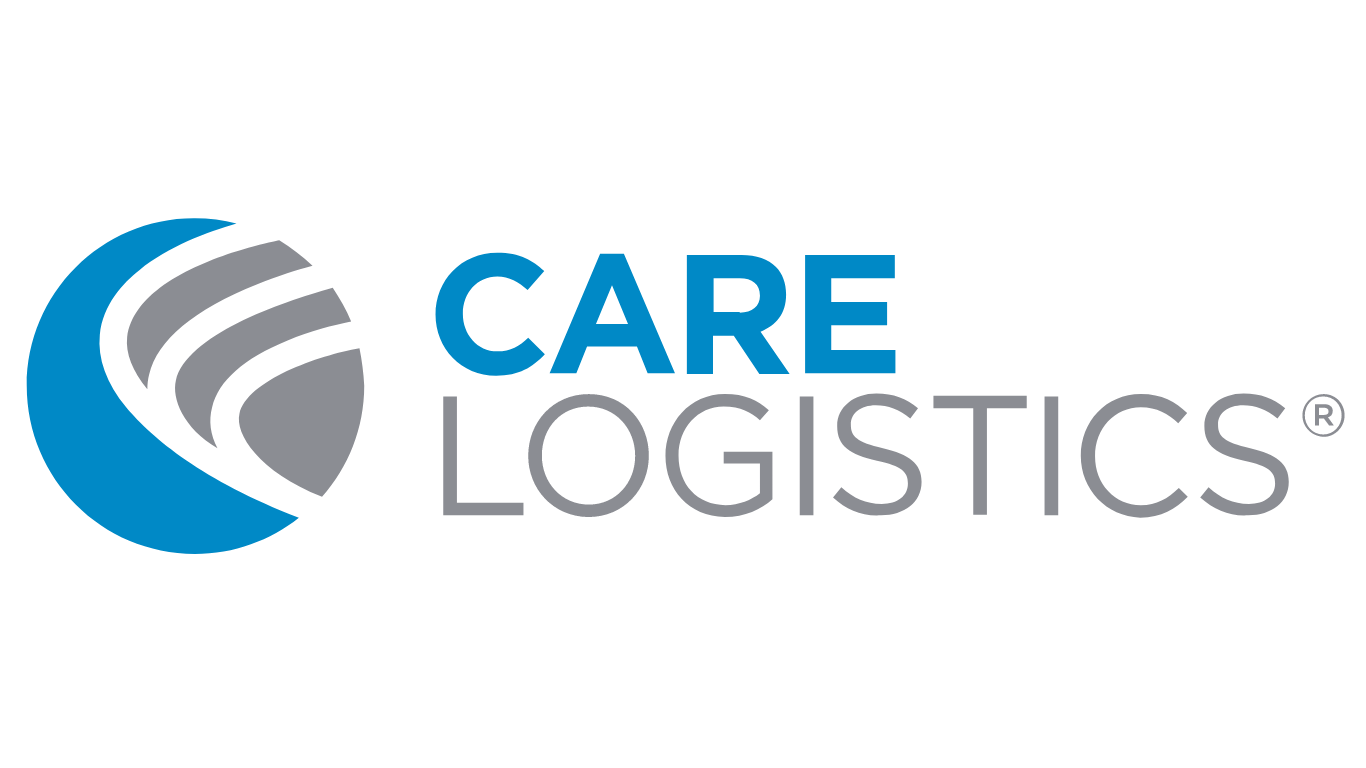Jingle All The Way to Efficiency: 5 Ways to Tackle Operational Challenges During the Holiday Season
The holiday season presents unique challenges for hospitals and health systems, with increased patient volume, staff shortages due to time-off requests, and the constant need to maintain optimal patient flow. Navigating this time requires thoughtful planning and operational strategies that can help healthcare leaders avoid bottlenecks and ensure their hospital or system runs smoothly, even during peak periods. Here are a few key strategies hospitals can employ to successfully manage resources and improve operational efficiency during the holiday season.
1. Advance Planning and Predictive Analytics
One of the most effective ways to mitigate the impact of holiday challenges is by leveraging your data to forecast demand. Healthcare systems often experience predictable spikes in emergency department (ED) visits, elective surgeries, and other critical services during the holiday season. By using a combination of historical, real-time, and predictive analytics, hospitals can analyze trends and gaps to anticipate when and where surges or challenges will occur.
There are a variety of tools that organizations can use to get more value out of their data. For example, a digital overlay that works with existing systems like the EHR or staffing scheduling systems can help leaders derive actionable insights and achieve enhanced visibility into patient flow and resource allocation. This kind of data-driven forecasting allows executives to allocate resources more effectively and anticipate high-demand areas in real-time.
2. Flexible Staffing Models
Another significant holiday challenge is managing staff availability. Holiday time-off requests can lead to staffing shortages, which, if not managed well, can strain patient care and employee satisfaction. To address this, hospital leaders can consider implementing flexible staffing models that align with anticipated demand.
Sometimes, you need to find ways to do more with less. Hospitals can cross-train staff to cover multiple roles, allowing for more fluid movement between departments during peak times. Technological tools can also assist by providing leaders with a comprehensive view of volume and patient progression, helping them dynamically adjust staffing to meet their demand and get the right staff in the right place when needed.
3. Improved Communication and Alignment Across Departments
Effective communication across departments is critical for operational efficiency, especially during times of increased patient volume and staff shortages. Poor communication can lead to disjointed efforts, resulting in delays, longer patient stays, and reduced throughput. Hospitals need to ensure that everyone, from the ED to discharge planning, is aligned and working toward the same operational goals.
Care Logistics’ Operational Design takes a holistic approach, helping organizations optimize their healthcare operating system and create better alignment across departments. By standardizing processes and improving interdepartmental communication, hospitals can streamline patient flow and reduce the risk of bottlenecks. This design approach ensures that care teams can collaborate effectively, even during the holiday crunch.
4. Efficient Discharge Planning and Bed Management
During peak periods, a common operational challenge is bed availability. ED crowding and long inpatient stays can exacerbate this issue, making it difficult to admit new patients. One key to avoiding this problem is efficient discharge planning, which can help free up beds more quickly and ensure that patients are transitioned smoothly to the next level of care.
Care Logistics provides tools that enhance discharge planning by coordinating care across the entire patient journey, ensuring that all elements of a patient’s care plan are completed efficiently and on time. This proactive approach not only improves patient throughput but also reduces the length of stay, allowing hospitals to accommodate more patients during high-demand times.
5. Leveraging Technology for Operational Excellence
The healthcare industry is increasingly turning to technology to solve complex operational challenges, and that often necessitates looking outside the EHR. By utilizing advanced digital overlays like CareEdge™ by Care Logistics, hospitals can unlock the power of their existing systems to create a more agile and efficient organization. Our technology provides hospital leaders with the insights they need to make data-driven decisions that align with both short-term needs, like the holiday season staffing challenges, and long-term strategic goals.
CareEdge™ enables hospitals to continuously monitor their operations in real-time, providing them with the flexibility to respond quickly to changing conditions. Whether it’s adjusting staffing expectations, or identifying bottlenecks in patient flow, technology plays a critical role in maintaining operational efficiency during peak periods.
Preparing for Every Holiday Season—Not Just This Year
The holiday season may come with its own set of challenges, but with the right strategies in place, hospitals can be prepared to handle these difficulties effectively year after year. By implementing predictive analytics, flexible staffing models, improved communication, and efficient discharge planning, healthcare leaders can create an agile, resilient operating system that thrives even during the busiest times of the year.
At Care Logistics, we help hospitals address these challenges head-on. With our CareEdge™ digital overlay and proven Operational Design, healthcare systems can not only manage the holiday season more efficiently but also improve operational performance year-round. Hospitals that invest in these strategies today will find themselves better equipped to handle the next holiday season—and every season after.
By implementing these strategies, hospital executives can ensure that their systems are prepared for the holiday rush, maintain optimal patient care, and avoid unnecessary delays.



